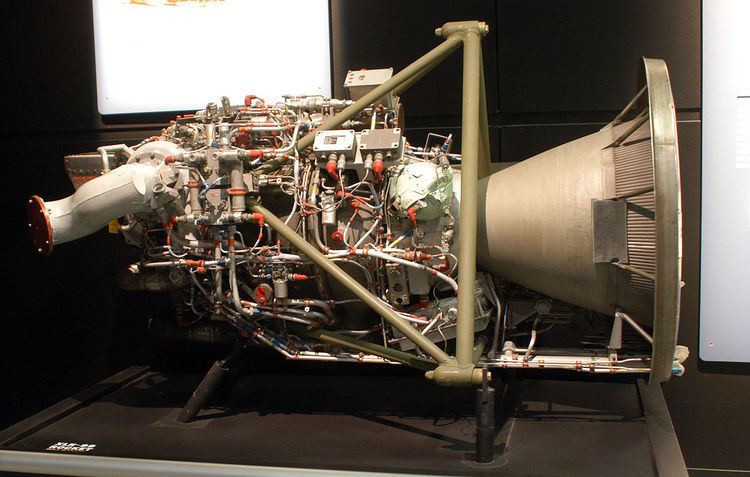Country of origin Japan | Status In production Mixture ratio 1.69 | |
 | ||
The BT-4 is a pressure-fed liquid rocket engine designed and manufactured by IHI Aerospace of Japan. It was originally developed for the LUNAR-A project, but it has been used as a Liquid Apogee Engine in some geostationary communications satellite based on the Lockheed Martin A2100 and GEOStar-2 satellite buses. It has also been used on the HTV and Cygnus automated cargo spacecraft.
Contents
History
During the 1970s, Ishikawajima-Harima Heavy Industries had built under license the Rocketdyne MB-3 for the N-I rocket, for which it had also developed the second stage attitude control system. In the 1980s it also developed the thrusters for ETS-4 (Kiku-3), the first to be built in Japan. In 2000 it acquires and merges with the aerospace division of Nissan and becomes IHI Aerospace.
IHI Aerospace started developing the BT-4 for the later cancelled LUNAR-A mission to the moon. While the mission was cancelled, the thruster has seen success as a Liquid Apogee Engine on the Lockheed Martin A2100 and Orbital ATK GEOStar-2 platforms. Two other Orbital ATK products that use the BT-4 due to their leverage of the GEOStar-2 platform are the Cygnus spacecraft and the Antares Bi-propellant Third Stage (BTS).
The use on the A2100 platform has allowed IHI to export the BT-4 even to American military programs such programs as the MUOS and AEHF.
On March 9, 2006, IHI Aerospace announced that the AEHF-2 BT-4 engine had successfully performed its mission, unlike AEHF-1's. On November 29, 2010 IHI Aerospace announced that it had received and order from Lockheed Martin of four BT-4 engines for AEHF-4, MUOS-4, MUOS-5 and Vinasat-2. With this order, it had achieved its 100th-unit foreign engine export since it started selling abroad in 1999.
For the HTV project, IHI developed a new version, the HBT-5, which enabled them to replace the American R-4D from the third flight onward.
On October 3, 2013, with the successful berthing of Cygnus Orb-D1 mission, IHI announced that the propulsion was based on their 500N Delta-Velocity Engines.
Versions
The BT-4 is a family that has been used as Liquid Apogee Engine, orbital maneuvering engine and as a thruster. Known Variations:
